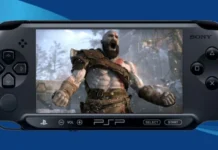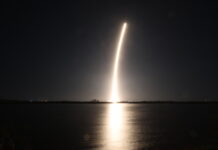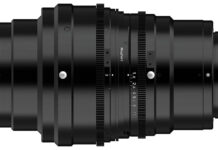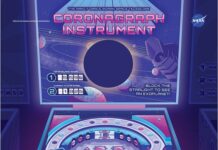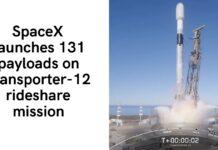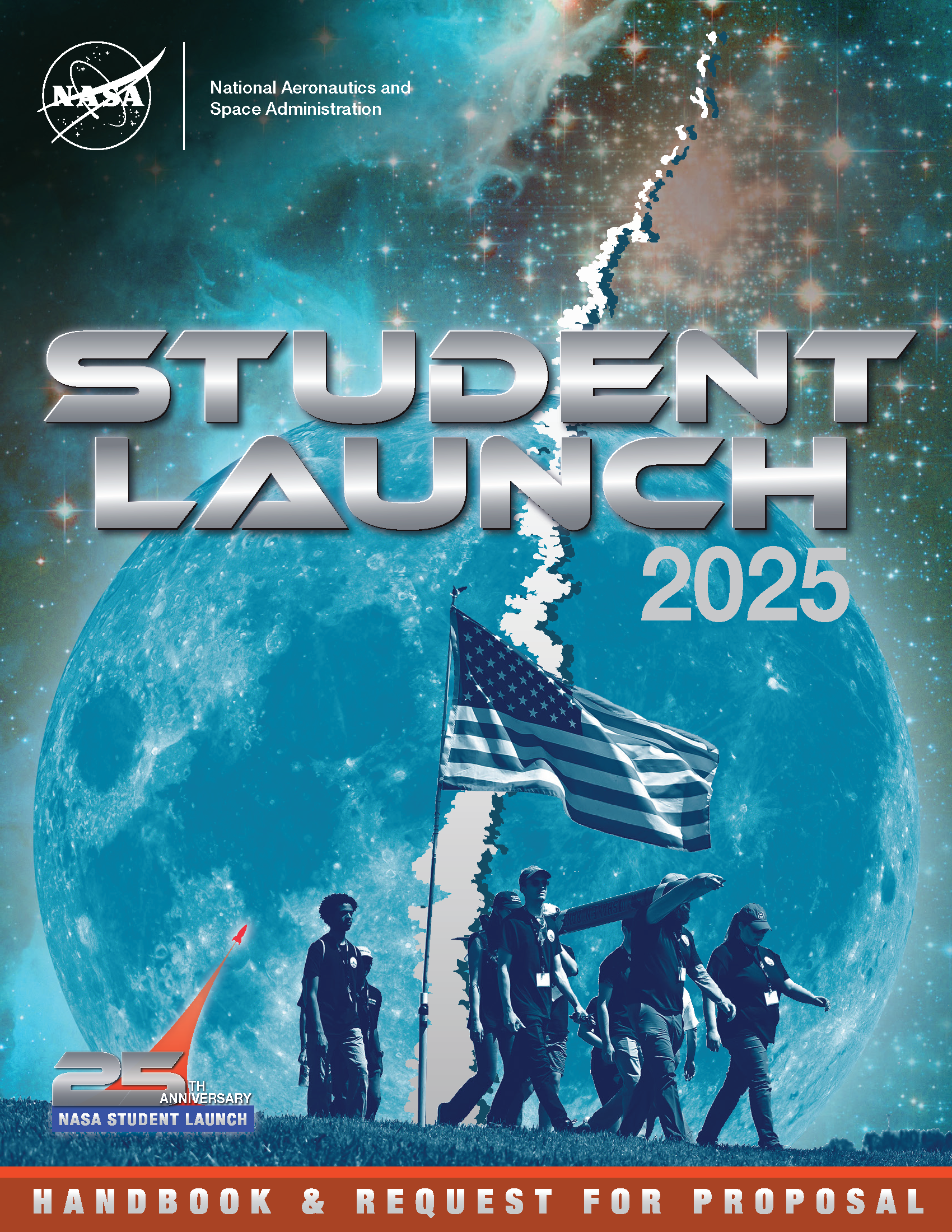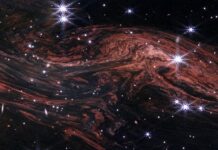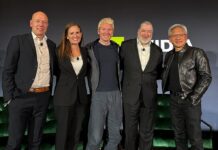NASA’s Student Launch Competition Marks 25th Anniversary with Exciting 2025 Edition
By Wayne Smith
NASA has officially kicked off the 25th year of its esteemed Student Launch competition by releasing the much-anticipated 2025 handbook. This comprehensive guide provides detailed instructions for teams interested in submitting their proposals by the deadline of Wednesday, September 11. The event is set to take place next spring near NASA’s Marshall Space Flight Center, located in Huntsville, Alabama.
The Essence of the Student Launch Competition
The Student Launch competition is an annual event designed to challenge students from middle schools, high schools, and colleges across the United States. Participants are required to design, build, test, and launch high-powered amateur rockets that carry scientific or engineering payloads. Once a team is selected, they must meet several documentation milestones and pass through rigorous reviews throughout the academic year.
Payload Challenge Inspired by Artemis Missions
Each year, NASA updates the payload challenge to reflect current scientific and exploratory missions. For the 2025 season, the challenge draws inspiration from the Artemis missions, which aim to land the first woman and the first person of color on the Moon. This renewed focus ensures that the competition remains relevant and tied to NASA’s overarching objectives.
Celebrating 25 Years of Student Launch
As the Student Launch program celebrates its 25th anniversary, the payload challenge comes with some exciting new elements. This year, the challenge will feature "reports" from STEMnauts, which are non-living objects representing astronauts. In the 2024 edition, teams were tasked with safely deploying a lander mid-air for a group of four STEMnauts, ensuring a survivable landing without the use of parachutes. The lander had to weigh a minimum of five pounds.
Focus on Real-Time Data Communication
"This year, we’re shifting the focus to communications for the payload challenge," said John Eckhart, technical coordinator for Student Launch at Marshall. "The STEMnaut ‘crew’ must relay real-time data to the student team’s mission control. This helps connect Student Launch with the Artemis missions when NASA lands astronauts on the Moon."
A Look Back at the 2024 Competition
The 2024 Student Launch competition saw participation from thousands of students, forming 70 teams that represented 24 states and Puerto Rico. These teams launched their rockets to altitudes ranging from 4,000 to 6,000 feet, aiming for successful landings while executing their payload missions. The University of Notre Dame emerged as the overall winner of the 2024 event, which concluded with a public launch day.
Historical Roots and Growth of Student Launch
The Student Launch program began in 2000, initiated by former Marshall Director Art Stephenson. It started as a modest competition between two universities in Huntsville—Alabama A&M University and the University of Alabama in Huntsville. Since then, the program has grown exponentially, involving thousands of students over the years. Many of these participants have gone on to pursue careers with NASA.
A Testament to Dedication and Passion
"This remarkable journey, spanning a quarter of a century, has been a testament to the dedication, ingenuity, and passion of countless students, educators, and mentors who have contributed to the program’s success," Eckhart said. "NASA Student Launch has been at the forefront of experiential education, providing students from middle school through university with unparalleled opportunities to engage in real-world engineering and scientific research. The program’s core mission—to inspire and cultivate the next generation of aerospace professionals and space explorers—has not only been met but exceeded in ways we could have only dreamed of.”
Encouraging STEM Careers
To encourage students to pursue degrees and careers in STEM (Science, Technology, Engineering, and Mathematics), Marshall’s Office of STEM Engagement hosts the Student Launch competition, providing participants with invaluable real-world experiences. The competition is one of NASA’s nine Artemis Student Challenges, a series of activities designed to expose students to the knowledge and technology needed to achieve the goals of the Artemis missions.
Support and Sponsorship
In addition to the NASA Office of STEM Engagement’s Next Generation STEM project, several organizations provide funding and leadership for the competition. These include NASA Space Operations Mission Directorate, Northrup Grumman, National Space Club Huntsville, American Institute of Aeronautics and Astronautics, National Association of Rocketry, Relativity Space, and Bastion Technologies.
"These bright students rise to a nine-month challenge for Student Launch that tests their skills in engineering, design, and teamwork," said Kevin McGhaw, director of NASA’s Office of STEM Engagement Southeast Region. "They are the Artemis Generation, the future scientists, engineers, and innovators who will lead us into the future of space exploration."
Good to Know: The Importance of STEM Education
STEM education is crucial for the future of technology and innovation. Programs like NASA’s Student Launch not only provide hands-on experience but also inspire students to pursue careers in fields that will shape the future. For many participants, the competition is a stepping stone to a career in aerospace, engineering, or other STEM fields. This practical experience is invaluable, giving students a taste of what it’s like to work on real-world problems and projects.
Conclusion
NASA’s Student Launch competition offers a unique and challenging opportunity for students to engage with real-world engineering and scientific research. As it celebrates its 25th anniversary, the program continues to evolve, keeping pace with NASA’s latest missions and goals. The 2025 edition promises to be an exciting chapter in the competition’s storied history, offering participants a chance to contribute to the future of space exploration.
For more information about NASA’s Student Launch competition, you can visit NASA Student Launch.
Contact Information
For additional details, you may contact:
Taylor Goodwin
Marshall Space Flight Center, Huntsville, Ala.
256.544.0034
taylor.goodwin@nasa.gov
This milestone year for the NASA Student Launch competition is not just a celebration of its past but a beacon for the future, inspiring the next generation of aerospace professionals and space explorers.
For more Information, Refer to this article.







